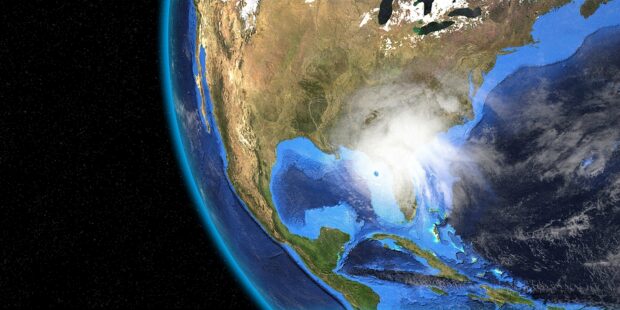Between 2017 and 2022, 11 property and casualty insurers writing mainly homeowners insurance in Florida, where they were domiciled, were declared insolvent and placed in liquidation. This does not include any potential financial fallout from September’s Hurricane Ian.
Executive Summary
Lawyers Robert Shapiro and Benjamin Stearns advocate higher capital requirements for Florida residential insurers. But providers aren't likely to put up more capital unless appropriate returns on their investments are likely, the lawyers write, also advocating that the Florida OIR allow higher insurance and reinsurance pricing.Welcoming the reforms signed into law by Florida Gov. DeSantis last week, they also recommend some future tweaks—such as mandatory participation in a new state reinsurance program, raising the threshold for Citizens policyholders to move to private insurers, and shortening the time frame for filing homeowners claims—to finally fix the ailing market.
While much of the blame for these insolvencies falls squarely on the insurers themselves, rather than assign blame, we will discuss the very important reforms coming out of the just completed Special Session of the legislature. This was the second such Special Session in 2022 and brings with it hope on the part of Florida’s residents, the insurance industry, Citizens Property Insurance Corporation (Citizens) and the business community generally that these reforms will finally alleviate the current crisis in the Florida insurance and reinsurance market.
As a starting point, it must be acknowledged that the insurers that failed were not the most financially solid insurers to begin with. Homeowners insurance in Florida is underwritten mainly by Florida domestic insurers, and many of those companies operate solely in Florida and with insufficient policyholder surplus for the risks being assumed. Thus, it is certainly possible that a significant part of the problem boils down to these companies simply trying to make a quick buck, ignoring the issue of storms that tend to hit mainly between the start of summer and the end of fall (June 1 – Nov. 30).























